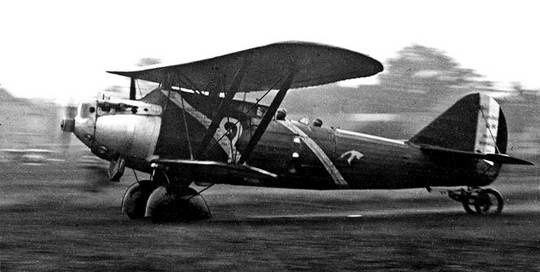Mar 17, 2015 ASDNews Source : AFPS
This year, the Defense Department will move aggressively to reverse the trend of chronic underinvestment in weapons and capabilities, the deputy defense secretary said here today.
Bob Work spoke this morning about defense modernization and the department’s proposed fiscal year 2016 budget before an audience attending the McAleese/Credit Suisse Defense Programs Conference.
The bottom line, he said in prepared remarks, is that “because of budget uncertainty and restrictions imposed by Congress, and because of our unrelenting focus on the readiness of forward deployed forces, we're chronically underinvesting in new weapons and capabilities.”
Work added, “That should give all of us pause because our technological dominance is no longer assured.”
Modernization = Technological Superiority
The U.S. military’s technological superiority is directly related to its modernization accounts, the deputy secretary said, so this year the department is moving to redress the long-deferred modernization to stay ahead of competitors and potential aggressor nations.
Work said the White House has helped by approving about $21 billion in added requirements over the Future Years Defense Program.
“This came with added funding, which has allowed us to make targeted investments in space control and launch capabilities, missile defense, cyber, and advanced sensors, communications, and munitions -– all of which are critical for power projection in contested environments,” he said.
The White House also added funding to help the department modernize its aging nuclear deterrent force, Work said.
Supporting Ongoing Operations
The department’s fiscal 2016 base budget request is $534 billion, or $36 billion above the FY16 sequestration caps, he said, adding that it’s “only the first year of a five-year Future Years Defense Program. When considering fiscal years 2016 through 2020, our planned program is approximately $154 billion over the sequestration caps.”
The department also is asking for $51 billion in overseas contingency operations funding, Work said, “to support our campaign against the extremist [Islamic State in Iraq and the Levant], ongoing operations in Afghanistan, and other operations in the Central Command area of responsibility.”
The global demand for U.S. forces remains high, particularly for deployable headquarters units, intelligence, surveillance and reconnaissance assets, missile defense, and naval and aerospace forces. The global operating tempo also remains high, he added.
Together, the deputy secretary said, these requests provide funding needed to recover readiness over the next several years, invest in long-deferred recapitalization and modernization, and meet global demands placed on the military by the National Security Strategy.
The Ragged Edge
“The leaders of this department believe firmly that any significant reduction in funding below what is in the president's budget, or a broad denial of the reform initiatives that we have proposed to Congress, would mean the risks to our defense strategy would become unmanageable,” the deputy secretary said.
“Quite frankly,” he added, “we’re at the ragged edge of what is manageable.”
Adding to the pressure on defense systems, potential competitors are developing capabilities that challenge the U.S. military in all domains that put space assets and the command and control system at risk, Work said.
“We see several nations developing capabilities that threaten to erode our long-assured technological overmatch and our ability to project power,” he added.
These include new and advanced anti-ship and anti-air missiles, and new counter-space, cyber, electronic warfare, undersea and air attack capabilities, Work said.
Erosion of Technical Superiority
In some areas, he added, “we see levels of new weapons development that we haven’t seen since the mid-1980s, near the peak of the Soviet Union’s surge in Cold War defense spending.”
The department, Work said, is addressing the erosion of U.S. technological superiority through the Defense Innovation Initiative, a broad effort to improve business operations and find innovative ways to sustain and advance America’s military dominance for the 21st century.
“The DII’s leading focus is to identify, develop and field breakthrough technologies and systems,” he said, “and to develop innovative operational concepts to help us use our current capabilities in new and creative ways.”
The ultimate aim is to help craft a third offset strategy, he added.
Third Offset Strategy
After World War II the United States used nuclear weapons development to offset Soviet numerical and geographic advantage in the central front, and again changed the game in the 1970s and 1980s with networked precision strike, stealth and surveillance for conventional forces, Work explained.
Now, he said, “we will seek to identify new technologies and concepts that will keep the operational advantage firmly in the hands of America’s conventional forces, today and in the future.”
Central to the effort is a new Long-Range Research & Development Planning Program, the deputy secretary said.
The LRRDP was created to identify weapons and systems in the force that can be used in more innovative ways, promising technologies that can be pulled forward and long-range science and technology investments that can be made now for a future payoff.
Invitation to the Table
Technologies that might be associated with a new offset strategy are being driven by the commercial sector, he said.
These include robotics; autonomous operating, guidance and control systems; visualization; biotechnology; miniaturization; advanced computing and big data; and additive manufacturing like 3-D printing.
“The third offset strategy is an open invitation for everyone to come to the table … to creatively disrupt our defense ecosystem. Because we'll either creatively disrupt ourselves or be disrupted by someone else,” Work said.
Game-changing New Technologies
Funding dedicated to the effort includes the department’s annual $12 billion in science and technology accounts, and the FY 2016 budget request creates a reserve account to resource projects expected to emerge from the DII, he said.
“The FY 2016 budget submission also invests in some fantastic, potentially game-changing new technologies that we can more quickly get into the force,” Work added, “as well as longer-range research efforts.”
Over the Future Years Defense Program, for example, the department is investing $149 million in unmanned undersea vehicles, $77 million in advanced sea mines, $473 million in high-speed strike weapons, $706 million in rail gun technology, and $239 million in high-energy lasers.
And, he said, a new Aerospace Innovation Initiative will bring people together to develop a wide range of advanced aeronautical capabilities to maintain U.S. military air dominance.
Solving Operational Challenges
Work said the department’s innovation must be “broad-based and rooted in realistic war gaming –- a big priority of mine -– more experimentation, and new concept and leadership development to enable our people to adapt to situations we can’t yet imagine.”
The third offset strategy is looking to solve specific operational challenges, the deputy secretary said, using the electromagnetic spectrum as an example.
“Electronic Warfare is often regarded as a combat enabler, but more and more it is at the actual forefront of any conflict,” he said. “To ensure we remain ahead in this increasingly important space, today I’m signing out a memo that establishes an Electronic Warfare, or EW, Programs Council.”
Electronic Warfare Programs Council
The senior-level oversight council will have the lead in establishing and coordinating DoD’s EW policy and will be co-chaired by Undersecretary of Defense for Acquisition, Technology and Logistics Frank Kendall and Vice Chairman of the Joint Chiefs of Staff Navy Adm. James A. Winnefeld Jr., he said.
Compared to the platforms that carry EW suites, the deputy secretary added, it is a relatively small investment but has the potential for a very high payoff.
“Our potential competitors seek to contest the EW space, an area where we retain a decided lead,” Work said. “But that lead is tenuous, and we believe that there has been insufficient focus on EW across the department.”


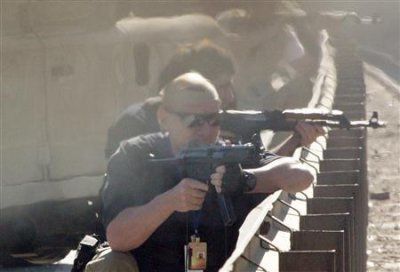


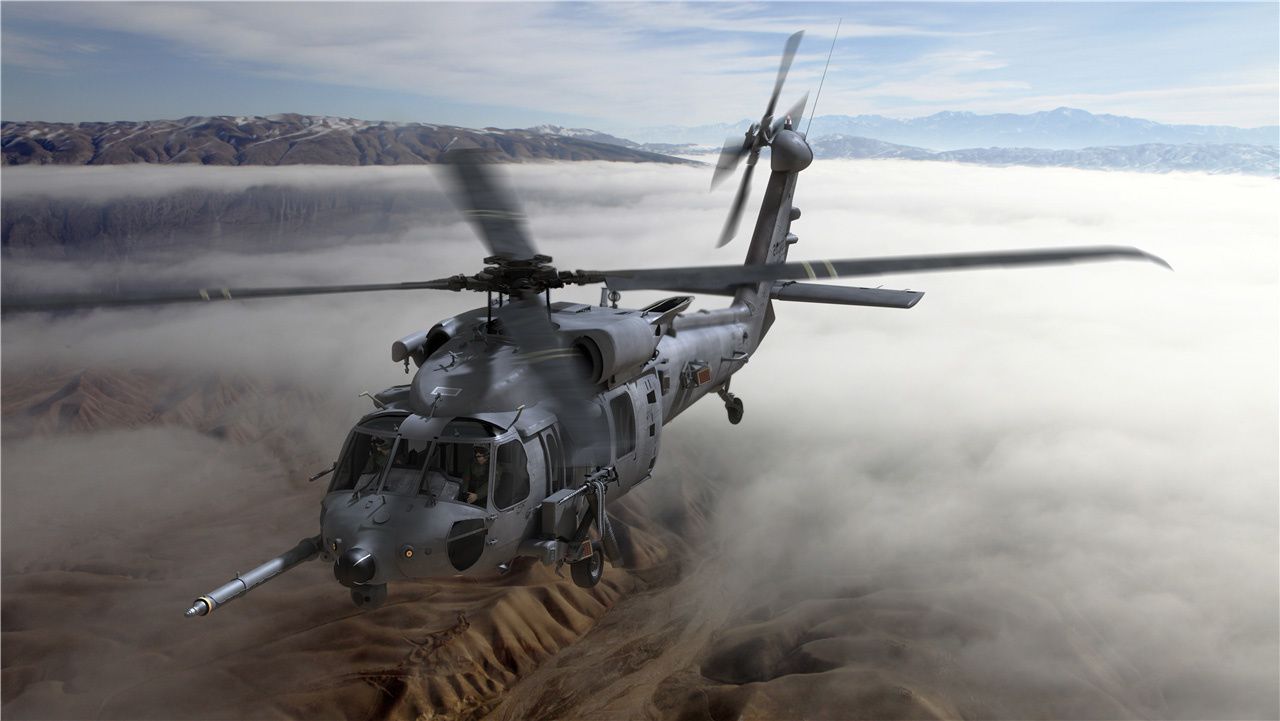






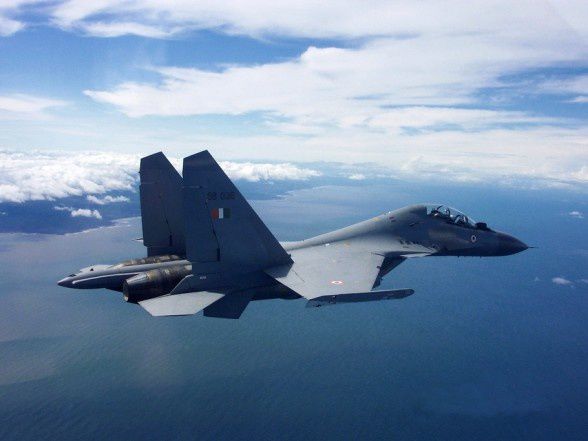





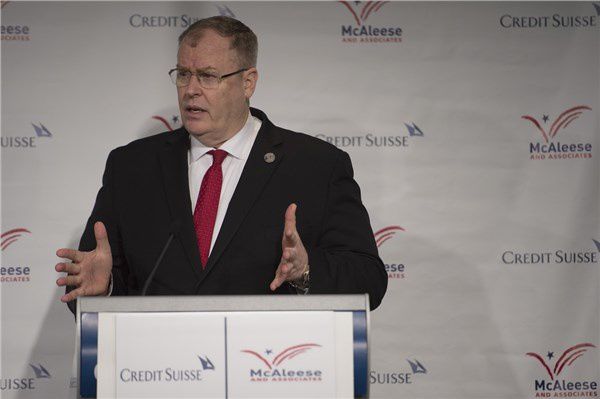

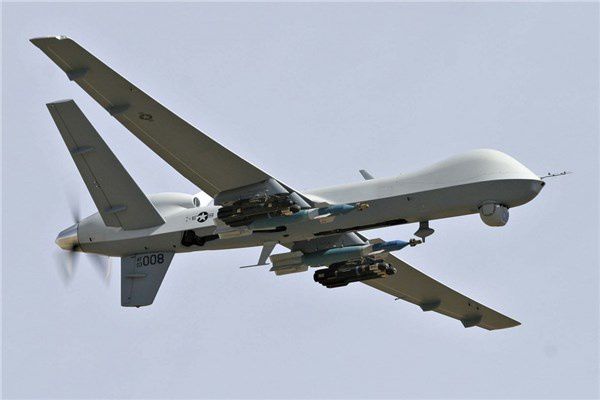






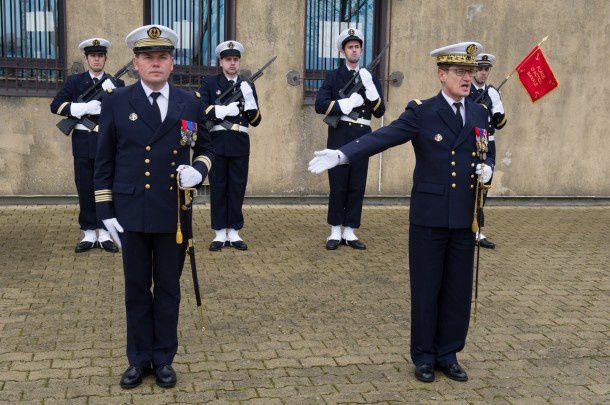
/image%2F0547456%2F20150318%2Fob_7ee4c1_2015mlbh018-021-photo-jean-jacques-le.jpg)
/image%2F0547456%2F20150318%2Fob_132ceb_2015mlbh018-039-photo-jean-jacques-le.jpg)

